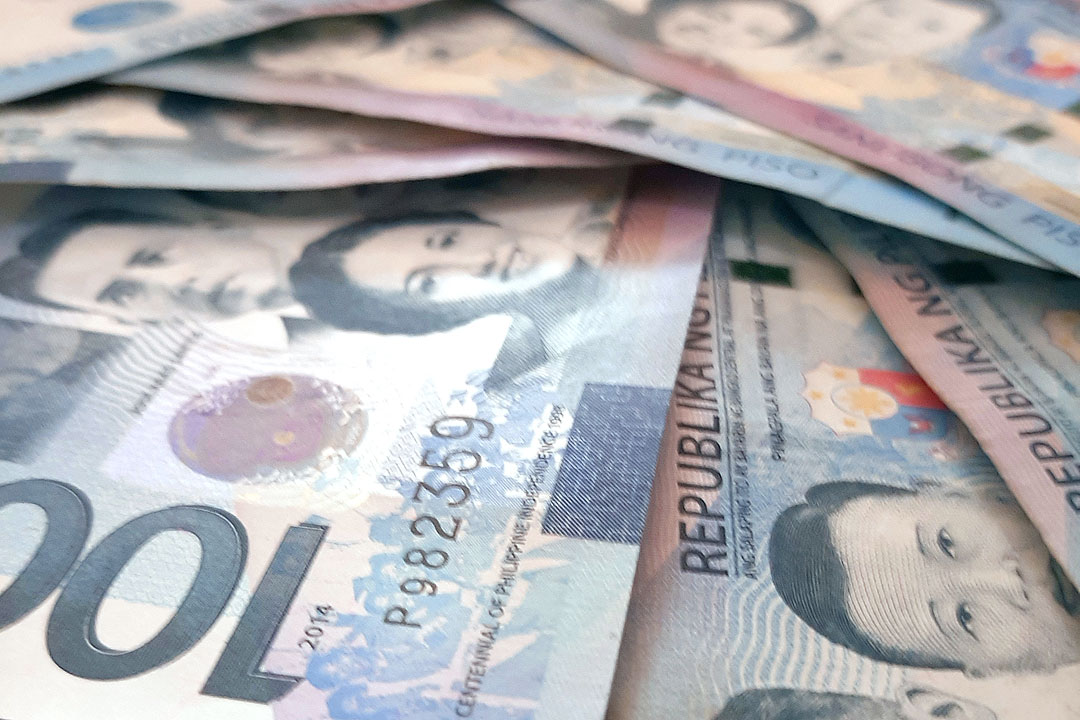Peso may climb vs dollar ahead of GIR data, pediatric vaccination drive

THE PESO may strengthen this week amid expectations that the country continued to have ample foreign exchange buffers as well as the start of the vaccination drive for children.
The local unit closed at P51.14 per dollar on Friday, weakening by nine centavos from its P51.05 finish on Thursday, data from the Bankers Association of the Philippines showed.
Still, it strengthened by nine centavos from its P51.23 finish a week earlier.
The peso weakened from its Thursday close as slowing inflation would support the Philippine central bank’s pledge to remain accommodative, even as the US Federal Reserve has already hinted on a possible rate hike by next month, Rizal Commercial Banking Corp. Chief Economist Michael L. Ricafort said in a Viber message.
Inflation eased to 3% in January from 3.6% in December mainly due to a slower increase in utility prices, data from the Philippine Statistics Authority (PSA) released on Friday showed. The PSA used 2018 as the base year for the consumer price index from 2012 previously.
The Bangko Sentral ng Pilipinas (BSP) said easing inflation is consistent with their expectation that the rise in the consumer price index will be within their 2-4% target in 2022 and 2023. Inflation averaged 4.5% last year from 2.6% in 2020, mainly due to higher oil and food prices.
The Monetary Board will hold its first policy review for the year on Feb. 17. BSP Governor Benjamin E. Diokno has earlier said they would wait for four to six consecutive quarters of economic growth before looking at a possible rate hike.
Meanwhile, the Fed earlier said it is likely to raise borrowing costs starting March to quell rising inflation. Markets expect the US central bank to fire off at least three rate hikes this year.
Meanwhile, the relaxation of restriction measures in Metro Manila and some provinces helped to boost market sentiment for the peso last week, UnionBank of the Philippines, Inc. Chief Economist Ruben Carlo O. Asuncion said in an e-mail.
As infections declined, the government placed Metro Manila and some provinces back under Alert Level 2 for the first two weeks of February, allowing for increased operating capacity for businesses.
The market this week will factor in the US jobs data released on Friday, Mr. Asuncion said.
Preliminary data from the US Labor department on Friday showed nonfarm payrolls rose by 467,000 in January despite the Omicron surge. This is more than the 150,000 jobs added expected by analysts in a Reuters poll.
Meanwhile, Mr. Ricafort said gross international reserves (GIR) data may also boost the peso this week. The January data is scheduled for release on Monday, based on the BSP’s advance release calendar.
The country’s dollar buffers stood at $108.891 billion as of end-December, declining by 1.11% from the record $110.117 billion as of end-2020 and also below the $111-billion end-2021 projection given by the BSP.
The central bank expects the GIR to reach $112 billion by end-2022.
Mr. Ricafort said the market will also factor in the start of the inoculation for children aged five to 11 years old on Monday.
On Friday, 780,000 doses of Pfizer-BioNTech vaccine formulated for younger children arrived in the Philippines. They were procured by the National Government through the World Bank.
For this week, Mr. Ricafort gave a forecast range of P50.90 to P51.30 per dollar, while Mr. Asuncion expects the local unit to move within P50.80 to P51.30. — L.W.T. Noble with Reuters



